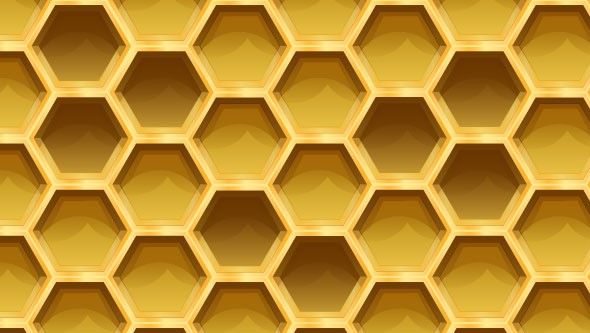Density Mapping with Tableau vs. Mapbox
Below I compare the density mapping capabilities of Tableau and Mapbox.

Sep 2020
Density maps are useful tools for visualizing the concentration of a particular variable in a geographic region. Two traditional ways of plotting density are: (1) plotting dots for each individual data point, and (2) capturing the degree of data concentration through a heat map. A newer and more effective method of plotting density is the use of hexbins, through which a honeycomb-like grid is layered over a map and color intensity indicates the degree of data concentration. Many data visualization practitioners (including myself) prefer this method in most applications since it neatly presents data density while largely avoiding issues of data distortion caused by other methods.
In the maps below I present applications of each method for mapping density, using data on weekly crime incidents in San Francisco, California from August 30th to September 5th, 2020. I also present a comparison of creating hexbin maps in Tableau vs. Mapbox.
Plotting Individual Points
Main problems: too many data points overlapping distorts the data (by hiding it) and causes the map to look messy
Density Heatmap:
Main problems: lacks precision and blurs map underneath (can't read street names or identify landmarks)
Alternative: Hex Bins
Tableau (default background)
Tableau (with Mapbox background):
Advantages Over Mapbox:
- Easier to create
- Can embed seamlessly in Tableau report or dashboard
- Creating hexbins doesn't require other software
- Can create distorted maps (e.g. each state represented by a hexagon)
- Provides library of color themes (as opposed to creating from scratch)
- Can utilize Mapbox map themes in background (as demonstrated in the map below)
2) Mapbox
Advantages Over Tableau:
- Much more customization overall
(map style, layering & formatting of elements- e.g. custom discrete step colors, values, and opacities)
- Much faster interactive functionality
(e.g. tooltip appears immediately on hover, and zoom is implemented with no noticeable delay)
Summary:
For maps requiring greater customization and where the goal is to facilitate significant user interaction (zooming, hovering, etc.) then Mapbox is clearly the better choice.
It's the premier map creation tool on the market and seemingly countless features can be added through custom javascript code.
On the flip side, if extensive interactivity isn't required then Tableau is probably a better tool since maps are usually much quicker and easier to create while still maintaining relatively impressive functionality and presentation.